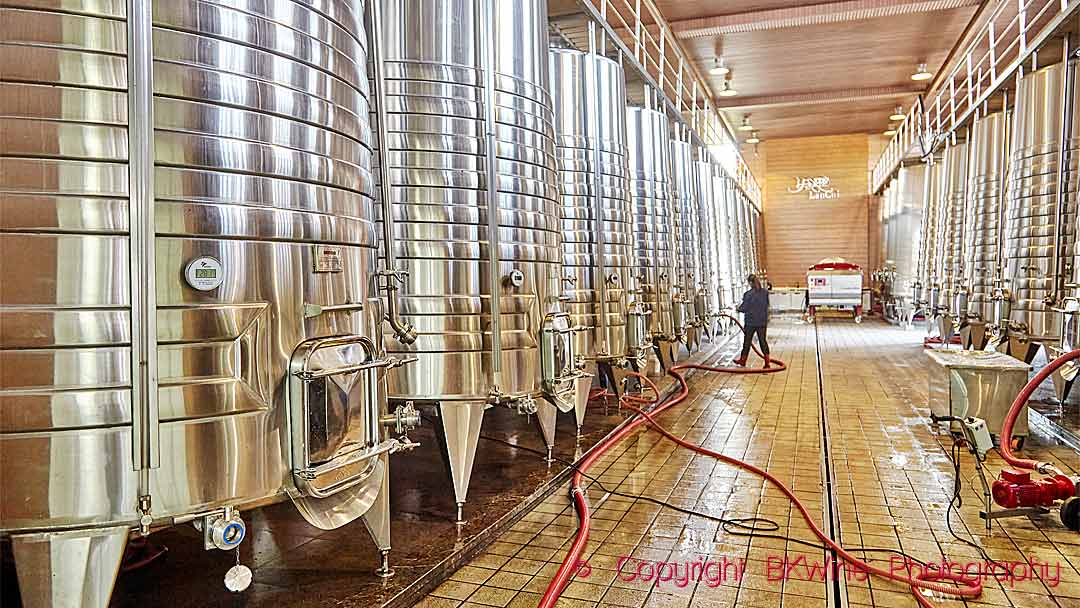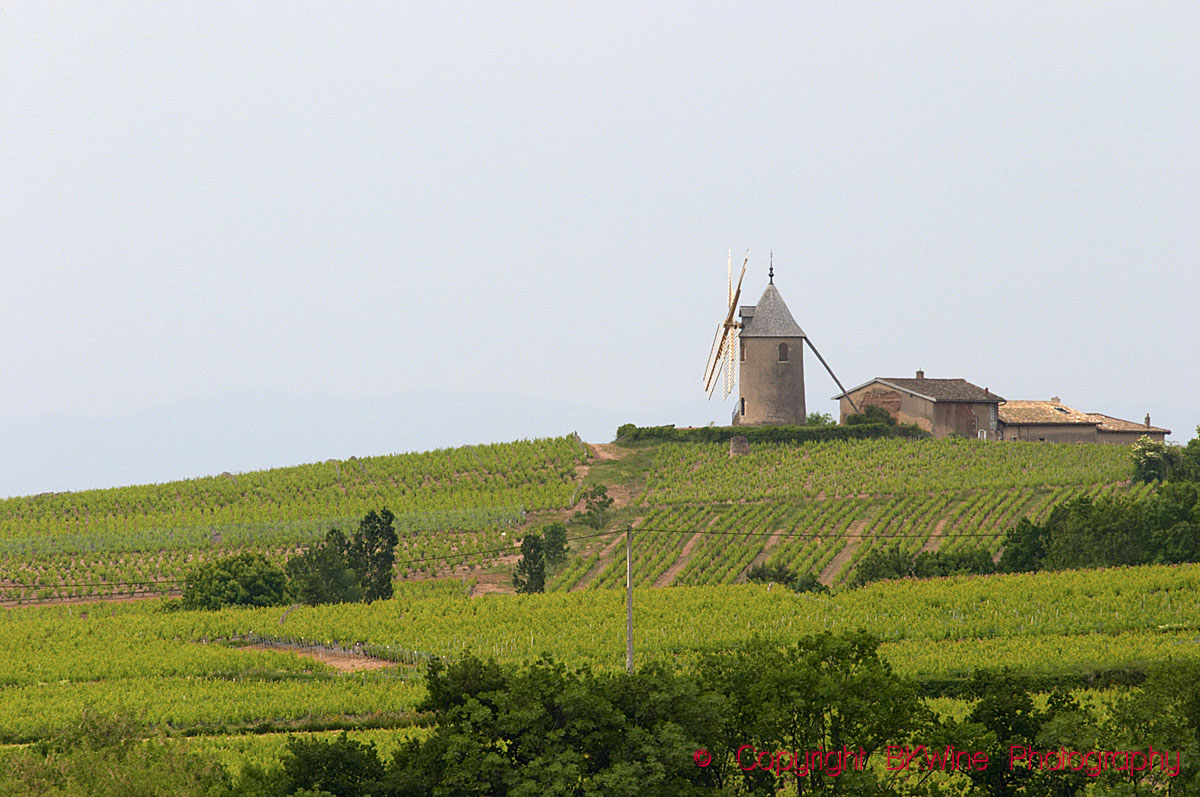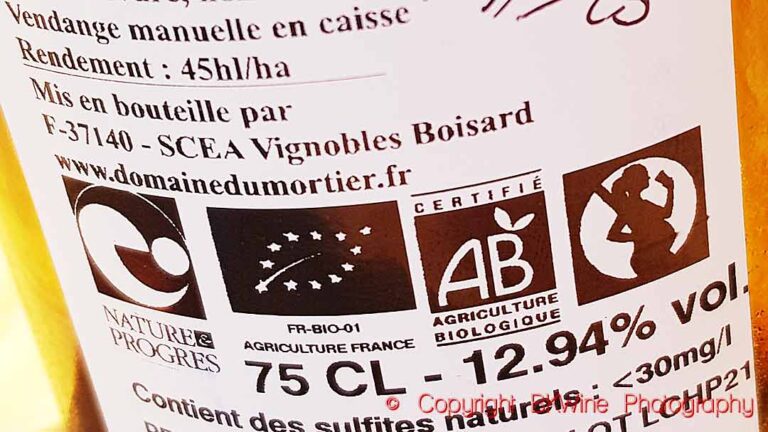The wine sector is vital for EU’s cultural heritage and also for EU’s economy, society and rural areas. The wine sector has its own high-level group (“think tank”) that discusses the challenges and opportunities for the wine sector. The group has just published new recommendations consisting of a series of targeted policy measures to address the challenges facing the wine sector.
The recommendations focus on three key areas:
- adapting wine production to demand,
- building resilience to market and climate challenges, and
- adapting to trends to seize new market opportunities.
All of that sounds like sensible advice.
The report also includes figures on this year’s production from 18 wine-producing countries within the EU. Half of these will produce over 1 million hectolitres in 2024.
These are:
- Italy (41 million hl),
- France (39.3),
- Spain (38),
- Germany (8.1),
- Portugal (6.9),
- Romania (3.7),
- Hungary (2.9),
- Austria (2.1) and
- Greece (1.8)
The smaller wine countries, under 1 million hl, are:
- Bulgaria (712,000 hl),
- Slovenia (512,800),
- Croatia (458,000),
- Czech Republic (347,000),
- Slovakia (318,000),
- Luxembourg (77,000),
- Cyprus (63,000),
- Malta (9,500) and
- the Netherlands with 7,000 hl
Sweden is not included but produces just under half of the Dutch volume.
In total, the EU produced 146.5 million hectolitres of wine in 2024. The five-year average is 160 million. EU is the global leader in wine production with 60 % of world production.
Read more: market-observatories-wine













